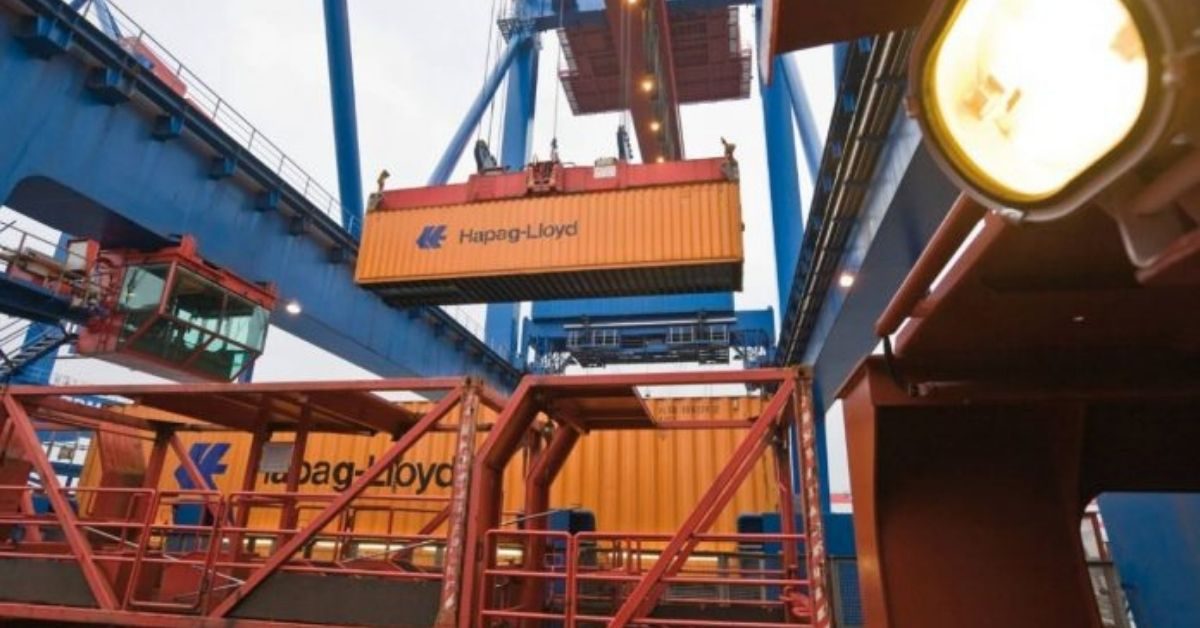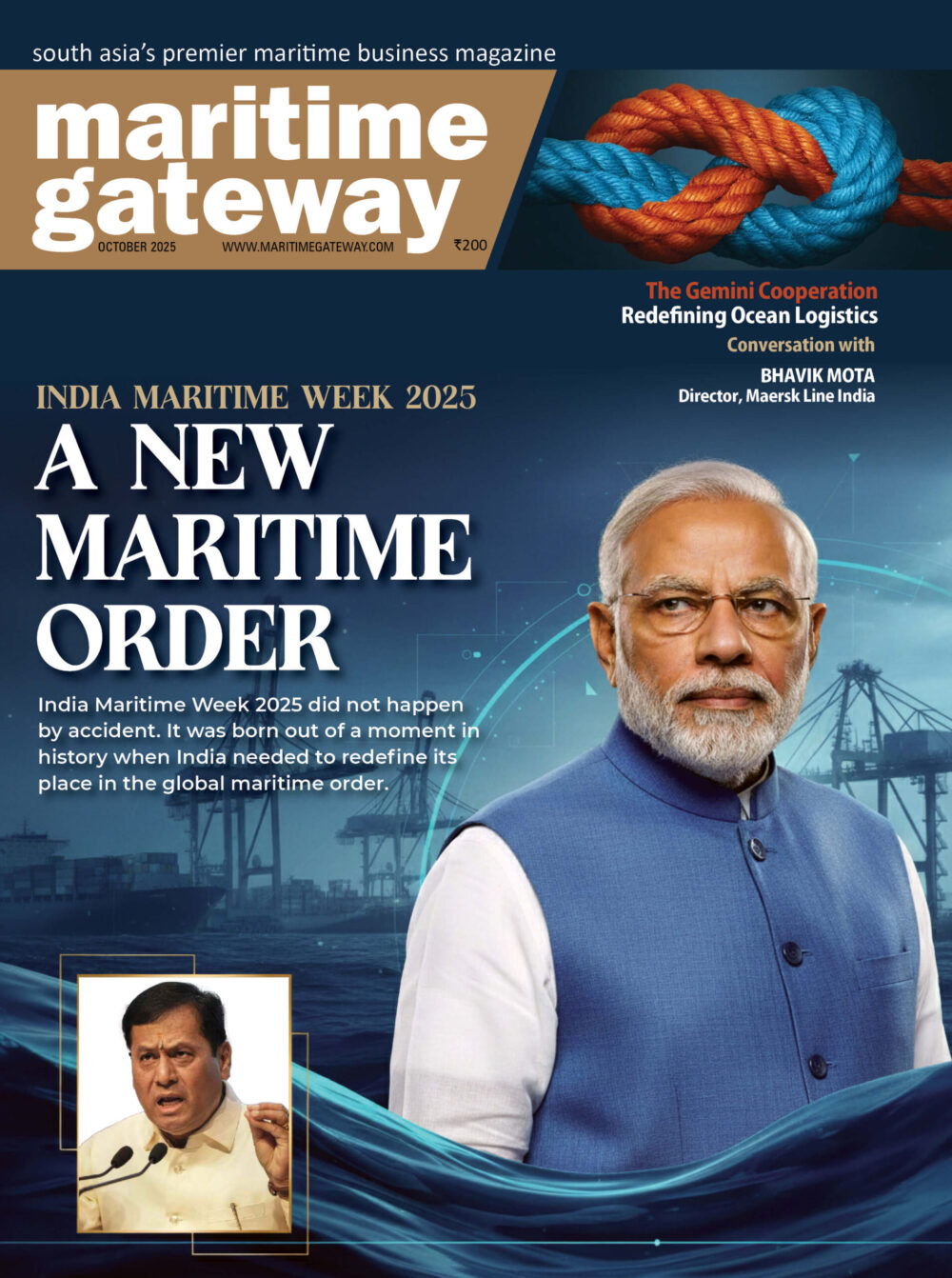The focus is now less on what has happened a few months before and more about keenly observing what’s happening with China lockdowns and consumer demand, and what’s around the corner for supply chains and ocean freight rates. In spite of another record quarter of record earnings, Hapag Lloyd’s implied message during the quarterly release and conference call was: The container boom peaked in the first quarter; it’s downhill from here. Spot rates are falling. Goods demand is falling. “There have been signs that the market has passed its peak [in Q2 2022],” acknowledged CEO Rolf Habben Jansen in the earnings release.
The second quarter is shaping up better than expected but “should be somewhere slightly south of Q1,” said CFO Mark Frese during the call. In Q3 and Q4, Hapag-Lloyd sees things going a lot more than “slightly south.” Its guidance implies a 50% drop in second-half earnings versus the first half.
“For spot rates, there are regional differences,” Frese said, noting that North America’s import demand is holding up better than Europe’s.
“But overall, the trend is the same: We are seeing a softening of spot rates nearly globally.” He added that he was not referring to indexes, but rather, to “what we are seeing from what’s incoming [to Hapag-Lloyd’s booking system] right now.”
“Consumer sentiment is changing over time. Consumer behavior is changing. Inflation is going up. Disposable income is pressured,” he said.
China lockdowns vs. demand decline
A seeming paradox is that port congestion remains very high globally even as spot rates are under pressure. Frese said that the Ukraine-Russia war and the China COVID lockdowns have made supply chain disruptions even worse.
Congestion historically drives spot rates higher by reducing effective transport supply. However, there can be a transitional period when spot rates go down even as congestion remains high, as consumer demand falls prior to the clearing of congestion. (After congestion clears, more vessel supply is released into the market, accelerating spot-rate declines.)
Frese noted that rates are particularly weak out of China, where Hapag-Lloyd sees lockdowns currently reducing outbound volumes by 20%-25%. But he said that COVID-driven export snags in China are coinciding with declines in import demand in places such as Europe.
Frese said he expected spot rates to come down “even if congestion stays at the [current] level or even if there are new reasons [for congestion], due to the overall sentiment we are seeing right now that demand is softening.”
When China reopens and delayed exports makes their way into the supply chain, some market watchers expect a surge in queues of ships waiting off U.S. ports. In this scenario, extreme congestion conditions return in the second half as the wave of delayed China cargo coincides with traditional peak-season flows.
Asked about this possibility, the Hapag-Lloyd CFO answered: “Could we see a rebound out of China after China opens and everything is normal? Yes and no. Yes, when China reopens again there will be some rebound. But overall, we have to accept that demand is going down over time.” In other words, falling demand could offset some of the gains from China’s reopening and peak season.
Spot rates could fall below contract rates
Hapag-Lloyd has half of its 2022 volumes on long-term contracts and half on spot (of the long-term contracts, 90% are one-year deals, 10% two- to three-year deals). “While spot rates are expected to decline further, our long-term contracts should safeguard our earnings, at least to some extent,” Frese said.
He predicted that “in the second half we will begin to see a strong reduction [of spot rates]. Maybe, over time, we will even see the change between long-term and short-term rates, with spot rates going below [long-term rates].”
Then, in 2023, a big wave of container-ship newbuilds begins to hit the water. “Newbuild ordering activity continued in Q1, pushing the orderbook to fleet ratio to around 25%. We will see what the consequences in the future will be of that. Demand growth is expected to slow down to more sustainable levels while the capacity influx will increase in 2023.”
Hapag-Lloyd Q1 2022 results
Hapag-Lloyd pre-announced earnings and full-year guidance on April 28 and provided more details on Thursday.
It reported net income of $4.7 billion for Q1 2022 versus $1.5 billion in Q1 2021. It posted Q1 2022 earnings before interest taxes, depreciation and amortization of $5.3 billion, topping the previous quarterly EBITDA record of $4.7 billion set in Q4 2021.









